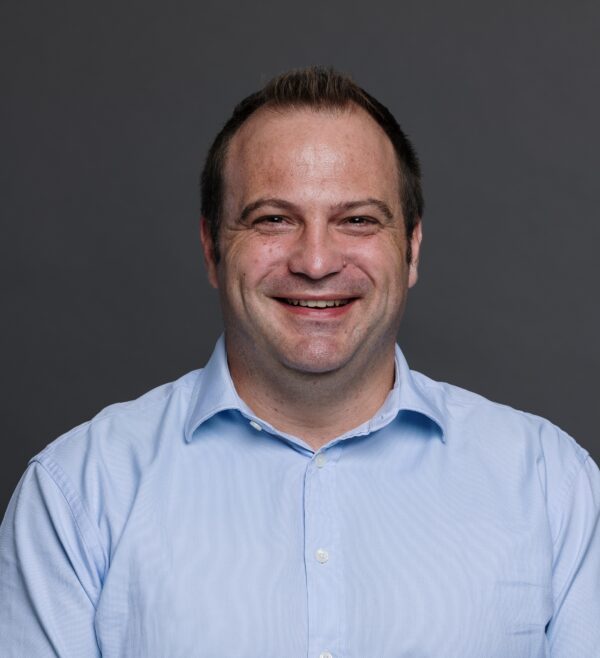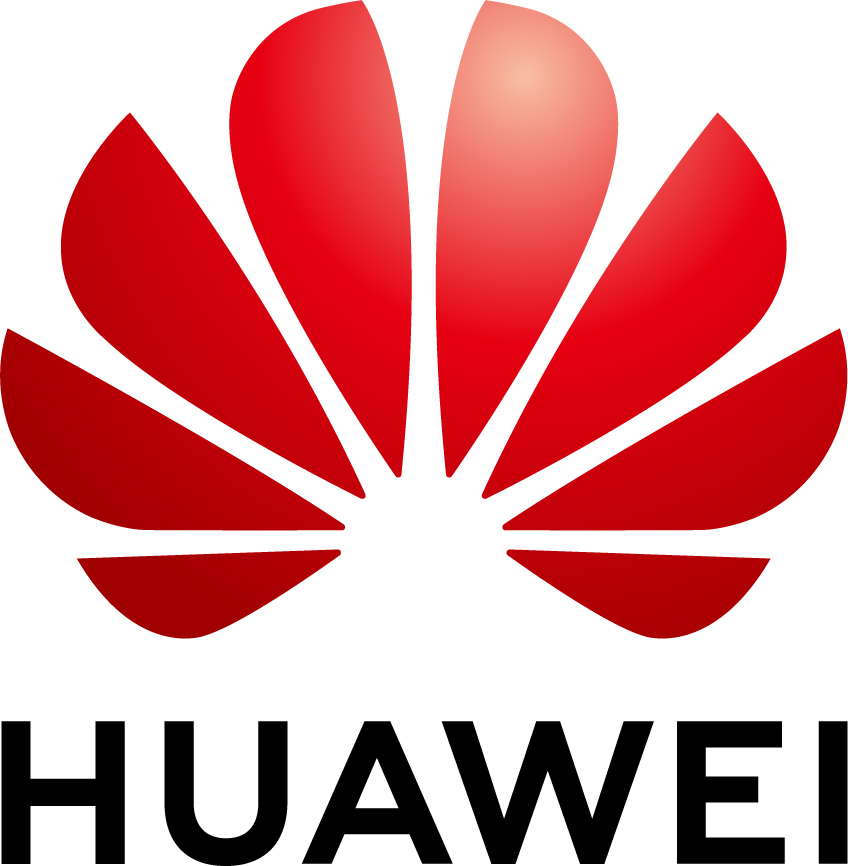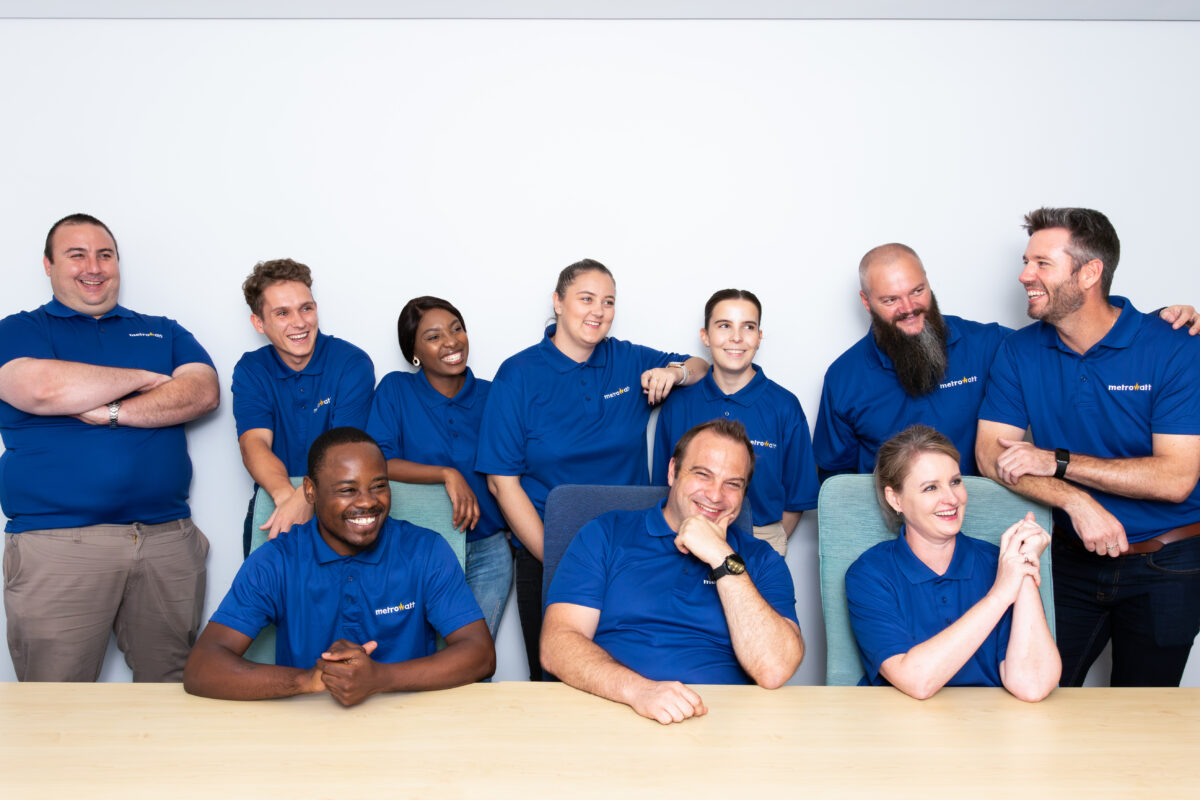CEO David Neale discusses his company’s partnership, the challenges and opportunities for residential solar energy in South Africa, and how Metrowatt is helping to relieve load shedding in the country.
Can you tell us about the current state of energy production and supply in South Africa?
Load shedding to reduce the total load on the national energy grid has been a reality in South Africa since 2007. Much of the capacity constraints are due to old and failing infrastructure. Recently South Africa had less than 50% of its traditional coal power production available, which equates to about 20,000 MW. South Africa’s peak electricity demand exceeds 30,000 MW of electricity.
In addition to insufficient production capacity, infrastructure failures and distribution challenges have become prevalent at the local municipal level, resulting in a significant number of unplanned outages.
Initially load shedding occurred once every few weeks. Today it is much more serious, with power outages occurring as much as three to four times a day, for between 2.5 to 4.5 hours at a time. In the event of an area outage, the electricity can be off for a few days at a time. These challenges have led customers, specifically residential homeowners, to seek alternative backup solutions, that include solar, battery and inverters, to provide power security.
How does Metrowatt help solve load shedding in South Africa?
We see a big need for residential customers to have access to backup solutions. However, this can come with a significant capital cost investment. An entry-level solar and battery system for a family home can cost from ZAR 100,000 ($5,170) to ZAR 130,000 ($6,500). Understandably, customers may be hesitant to make such a commitment due to concerns about the system’s suitability, quality, and the potential for incorrect installation and configuration.
Recognizing these concerns, Metrowatt has partnered with Huawei to deliver rental solar solutions for our customers. This removes the initial capital outlay risk for customers, and smoothes the path to an integrated solar, inverter and battery system for the homeowner, which includes support and regular monthly payments.
What's the installation process?
Customers can either purchase the system outright or rent it. For the rental option, we charge an up-front solar-ready installation fee of ZAR 10,000 ($500), as standard for Huawei products with solar panels. After that, the homeowner pays a fixed monthly rental from as little as ZAR 1,650 (+-$90). Customers renting a system from Metrowatt receive full technical support. We also help manage and optimize the system for clients so that they get maximum savings and output.
The FusionSolar system is an integrated system. Batteries, inverters, and panels with optimizers can all communicate with each other. This enables us to manage and support the entire installation. We also advise clients about battery and inverter settings, as well as panel usage so that they can get optimal performance from the system during different seasons.
What challenges does Metrowatt face while installing the system?
The main challenge is that every house is unique in its design and its energy usage. This is why FusionSolar products are great products for Metrowatt. The slimline, sleek, cosmetic design, and built-in safety mechanisms make it possible to install a complete solar system within the customer’s living space. When space is confined, you can put these systems into places no other systems can go.
More from our partners
In which locations have you currently installed the FusionSolar products?
Most Metrowatt customers are based in Johannesburg, Gauteng, with the second largest market being in Cape Town, Western Cape province. We see growing demand in Cape Town and other coastal cities for the installation of solar and batteries in high-density buildings. We have noticed, especially in apartment buildings with multi-dwelling units, that the Huawei iSitePower-M is a great solution for customers given its compact size. The Power-M can easily power apartments and three- or four-bedroom homes.

Image: Metrowatt
What is your current installation capacity?
We can install 100 homes per month. A typical home gets installed with about 4-5 kWp of solar panels. That's about 500 kWp per month that we are adding to the system. We aim to add 500 homes a month (2.5 MWp a month) by the end of 2023.
What is the cost of renting a solar solution for backup power?
A typical household in South Africa spends between ZAR 1,500 and ZAR 3,000 per month, depending on the household size. We pay around ZAR 2.50 to ZAR 3 per kilowatt-hour for electricity.
Will you be installing the system in commercial businesses?
We want to focus on residential homes because there isn't enough attention paid to this market. There is a big gap in the load management side in homes and because of the distribution challenges in South Africa, there will be a lot more opportunities in the long term.
What is the future for Metrowatt and FusionSolar?
We have been working closely with Huawei in the research and development of backup solutions. Going forward, we see a huge opportunity to assist customers with load management. As South Africa’s new Minister of Electricity, Kgosientsho Ramokgopa, recently said, “South Africa’s challenge is not just power production, it’s power distribution that is a big bottleneck.” There is a lot of opportunity to have greater coverage from our systems if we can balance loads better for individual households.
In the long run, we see further opportunities to create virtual power plants and grids.
The questions and responses in this sponsored interview article were provided by Huawei and Metrowatt.
This content is protected by copyright and may not be reused. If you want to cooperate with us and would like to reuse some of our content, please contact: editors@pv-magazine.com.



1 comment
By submitting this form you agree to pv magazine using your data for the purposes of publishing your comment.
Your personal data will only be disclosed or otherwise transmitted to third parties for the purposes of spam filtering or if this is necessary for technical maintenance of the website. Any other transfer to third parties will not take place unless this is justified on the basis of applicable data protection regulations or if pv magazine is legally obliged to do so.
You may revoke this consent at any time with effect for the future, in which case your personal data will be deleted immediately. Otherwise, your data will be deleted if pv magazine has processed your request or the purpose of data storage is fulfilled.
Further information on data privacy can be found in our Data Protection Policy.